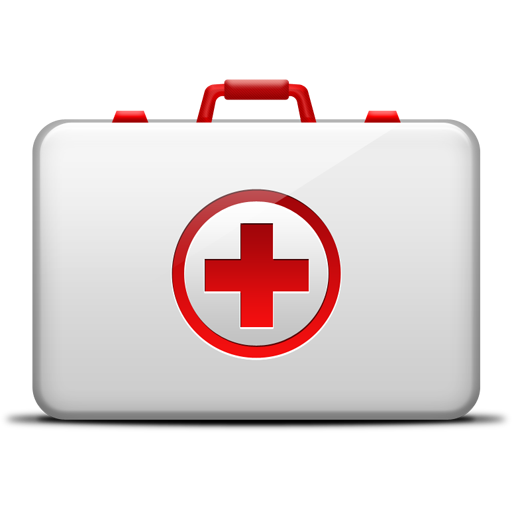What is First Aid?
From cuts and burns to fractures and nosebleeds, many accidents take place every day. Understanding First-Aid procedures will not only better equip you in the case of an unexpected emergency but could perhaps mean the difference between life and death. In this course, we will examine basic First-Aid procedures. At the end of the course, you'll be tested on your knowledge and have the peace of mind of knowing you may be able to help someone in need.
Good Samaritan Law
The Good Samaritan Law protects all who assist those who are injured, ill, or in peril. As long as someone is voluntarily taking action without expectation of reimbursement or compensation while performing such aid, on-site, they will have legal protection.
Understanding Duty to Act
Duty to act is the duty requiring a person to take necessary action in order to prevent harm to another person or to the general public. Whether you are required to follow through depends on the situation and the relationship between the parties. In some cases, breach of duty may put a party at liability for damages.
For laypersons, duty to act requires that you provide care if you have a legal duty. If you do not have a legal duty to provide care, you are not required to provide it.
Fear of providing care
There are a number of factors to weigh up when considering providing care. COVID-19 is an important concern, but the risk of contracting diseases can be reduced by wearing personal protective devices like masks, gloves, and gowns that limit exposure.
If you feel fear of providing care due to possible legal issues, know that rescuers who provide care without a legal duty and act in good faith are protected by Good Samaritan laws.
If the situation is actively unsafe, do not attempt care. If you or the victim are at risk, it is best to call EMS and wait for support to arrive.
In some cases, you may be unable to save a victim. Rescuers should still attempt to provide the best care they are able to. A victim’s chances of survival can be improved by even basic efforts at life support. In accidents, victims who are clinically dead may still be helped when given care. Rescue efforts will not worsen their condition.
Following a traumatic situation in which you provided care, you may experience overwhelming emotions. If you continue to feel symptoms like depression, be sure to seek help from a professional source.
Items you'll need in a medical kit:
- Gauze pads (at least 4 x 4 inches).
- Two large gauze pads (at least 8 x 10 inches).
- Box of adhesive bandages (band-aids).
- One package of gauze roller bandage at least 2 inches wide.
- Two triangular bandages.
- Wound cleaning agent (such as sealed moistened towelettes).
- Scissors.
- At least one blanket.
- Tweezers.
- Adhesive tape.
- Latex gloves.
- Resuscitation equipment (such as resuscitation bag, airway, or pocket mask).
- Two elastic wraps.
- Splints.
- Directions for requesting emergency assistance.
Remember the Goal: Recognize when help is needed and how to get it. Learn how and when to access the Emergency Medical Services (EMS) system, (e.g., call 911), activate the emergency response plan, and contact the Poison Control Center (1-800-222-1222).
The faster you seek advanced care for the patient, the higher the survival rates. If you are alone and in harm's way, provide basic care before leaving (if possible) and activate EMS.
PPE (Personal Protective Equipment) keeps you safe from blood, hazardous materials, and OPIM. PPE includes:
- Face shields
- CPR shields
- Gloves
- Goggles
- Gowns
- Masks
All Personal Protective Equipment promotes safety by creating a barrier between you and the infection/hazardous materials. Before arriving at the scene of the accident, you must assess the situation to determine the risks and to use the proper PPE.
PPE examples include gloves that provide protection against exposure. Face shields provide splash and high impact protection, while gloves protect against exposure from skin contact with chemicals, infectious agents, cold, heat, and cutting objects. For proper protection, be sure to use the correct hand.
Goggles are designed to reduce the risk of exposure to laser radiation, chemical splashes, or flying debris. Gowns are used to prevent the penetration of infectious blood, hazardous materials, or other OPIM. Masks are used to protect the employee from airborne materials or liquid contaminating the face.




